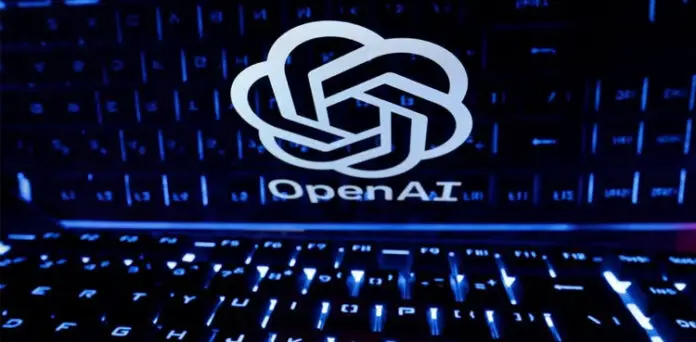
OpenAI, the company behind ChatGPT, has decided not to go through with a major plan to become a fully for-profit business. Instead, its nonprofit parent organization will remain in control. This decision comes after strong criticism from the public and legal challenges, including a lawsuit from co-founder Elon Musk. He claimed OpenAI has drifted from its original mission to benefit humanity with AI.
Sam Altman, OpenAI’s CEO, clarified that the company will continue as a nonprofit overseeing its for-profit arm, and this arrangement will not change. Earlier, OpenAI had considered turning its for-profit side into a public benefit corporation (PBC). That move would have allowed the nonprofit to be a major shareholder but would have meant giving up control to a new board focused on balancing profits and social good. After public pushback and talks with regulators, OpenAI reversed course and will keep the nonprofit in charge of the PBC, while still allowing for more capital to be raised to compete in the fast-moving AI industry.
Why Did OpenAI Consider Changing?
OpenAI’s original nonprofit structure made it hard to attract the huge investments needed to develop advanced AI. The company had hoped that switching to a PBC would make it easier to raise billions of dollars, especially with big investors like SoftBank and Microsoft watching closely. However, critics worried this would put profits ahead of OpenAI’s mission to serve the public good and could weaken oversight.
What Happens Next?
- The nonprofit will remain the main decision-maker and owner of OpenAI’s technology and direction.
- OpenAI will still change some aspects of its for-profit arm to help raise more money, but the nonprofit will keep control and a major stake in the business.
- The company will continue working with investors and regulators to finalize these changes and clarify how profits and control will be shared.
- Elon Musk’s lawsuit against OpenAI will go ahead, as he and others remain concerned about whether the company will truly keep its mission first.
OpenAI’s Growth and Future Plans
OpenAI is aiming for rapid growth, with a goal of reaching over 1 billion users by the end of 2025. The company is investing heavily in new data centers and AI infrastructure, especially in the Midwest and Southwest U.S., to keep up with rising demand and ensure reliable, fast AI services. These investments are crucial for OpenAI to stay ahead of competitors like Google DeepMind and Anthropic.
OpenAI is also focused on making its AI tools available to more industries and users worldwide. As of now, it has over 250 million active users, and this number is expected to grow as AI adoption increases.
Summary
- OpenAI’s leadership structure remains unusual, with the nonprofit holding ultimate authority over the for-profit side. This is intended to ensure that the company’s AI development stays aligned with its original mission.
- The company’s efforts to raise more money and expand its user base are part of a broader strategy to remain a leader in the AI field, even as it faces tough competition and scrutiny over its governance and values.
- Regulatory approval is still needed for some of the planned changes, especially from authorities in California and Delaware, which could affect how quickly OpenAI can move forward.
In summary, OpenAI has chosen to keep its nonprofit parent in control, balancing its need for investment with its commitment to developing AI for the benefit of everyone. The company’s next steps will be closely watched by investors, competitors, and regulators around the world





